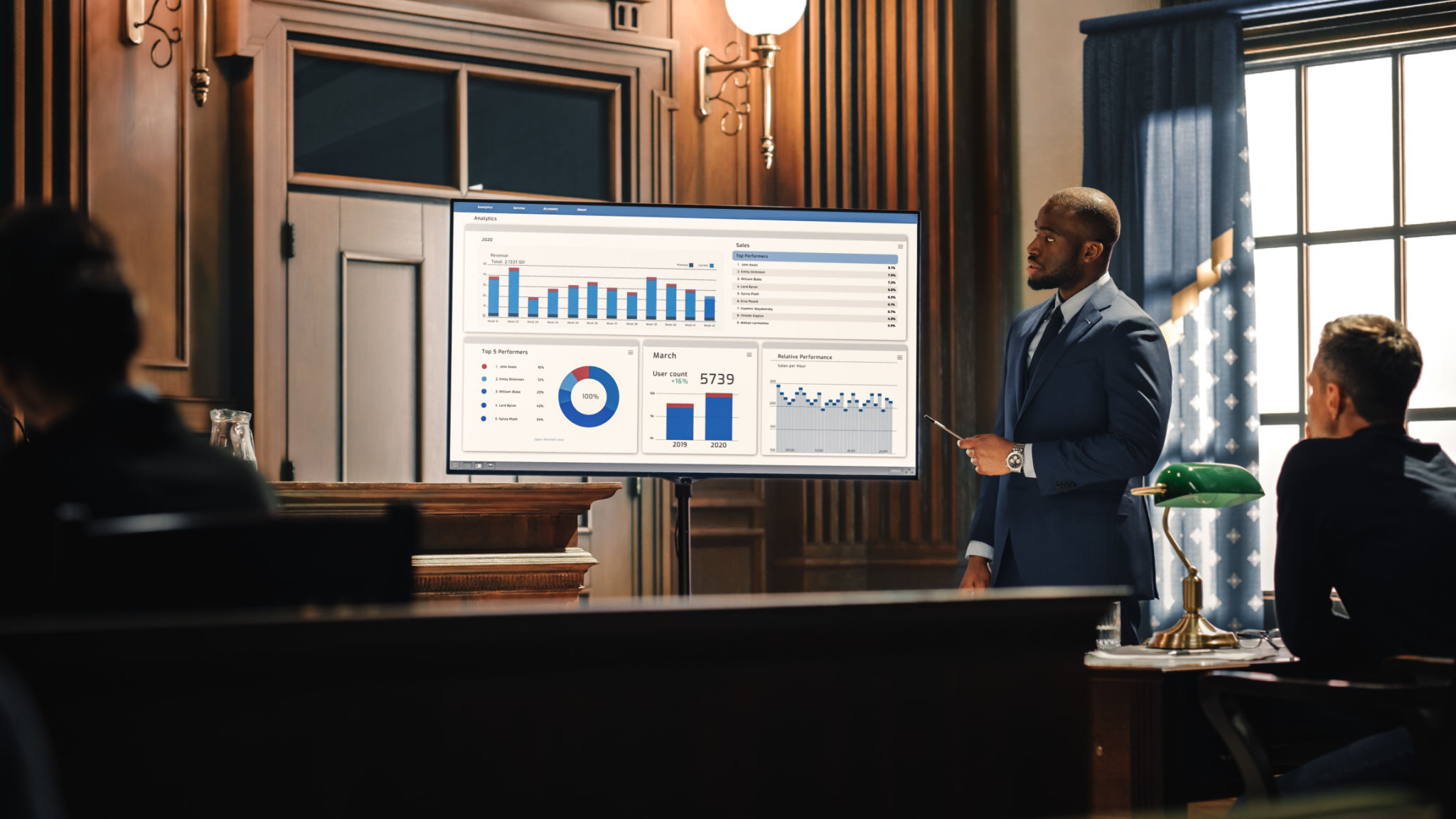The Benefits of Real-Time Legal Transcription in Modern Courtrooms
The Evolution of Courtroom Documentation
In recent years, the integration of technology into legal proceedings has transformed how courtrooms operate. One such advancement is real-time legal transcription, a process that enables everything spoken during a trial to be transcribed instantly. This innovation offers numerous benefits, enhancing not only the speed but also the accuracy and accessibility of legal proceedings.

Enhancing Accuracy and Efficiency
Real-time legal transcription significantly improves the accuracy of courtroom documentation. Traditional methods, which rely on audio recordings reviewed by human transcribers, can introduce errors or omissions. By providing immediate, verbatim records, real-time transcription minimizes these risks and enhances the reliability of court records.
Furthermore, this technology boosts efficiency. Legal professionals can access transcripts instantly, allowing them to reference previous statements without delay. This immediacy facilitates smoother proceedings and aids in the swift resolution of cases.
Improving Accessibility for All Participants
Another notable advantage of real-time transcription is its ability to make courtrooms more inclusive. By providing immediate text, individuals with hearing impairments can follow proceedings in real-time. This ensures that everyone, regardless of their hearing ability, has equal access to the information shared during trials.

Facilitating Legal Research and Review
Legal professionals often need to review testimonies and arguments multiple times to build strong cases or prepare for appeals. Real-time transcription allows attorneys to quickly search and analyze transcripts, making it easier to identify critical information. This capability enhances legal research and improves the overall quality of legal representation.
Streamlining Courtroom Operations
By reducing the time required to produce accurate transcripts, real-time transcription systems streamline courtroom operations. Judges, lawyers, and clerks can focus more on the case details rather than administrative tasks. This efficiency can lead to reduced costs associated with lengthy trials and can lessen the burden on already strained judicial systems.

Supporting Remote and Hybrid Court Models
The rise of remote and hybrid court models, especially in response to global events like the COVID-19 pandemic, has made real-time transcription even more critical. As participants join proceedings from various locations, having an immediate written record ensures everyone stays informed, regardless of their physical presence in the courtroom.
Conclusion: The Future of Legal Proceedings
As more courtrooms adopt real-time transcription technology, the legal system stands to benefit from increased transparency, efficiency, and accessibility. By embracing these advancements, courts can ensure that justice is not only done but also seen to be done in a timely and accurate manner.
The ongoing evolution of courtroom technology promises a future where legal proceedings are more efficient and equitable for all participants. As this trend continues, real-time legal transcription will undoubtedly play a pivotal role in shaping modern justice systems worldwide.